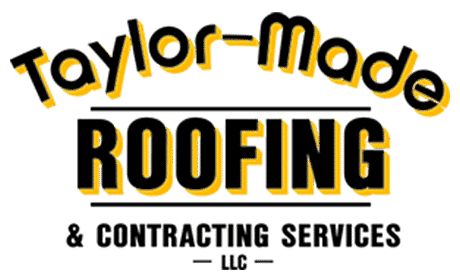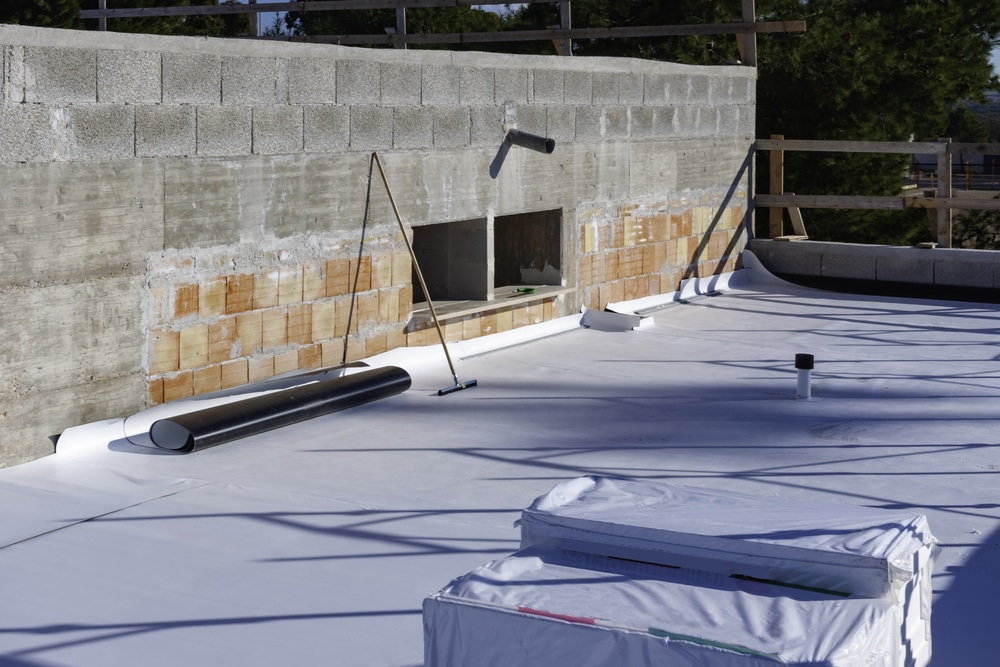Why You Should Consider a TPO Roof System
What is a TPO roof system? In use now for more than 20 years, this time-tested system is a single-ply roofing membrane used to protect flat or low-slope roofing. The membrane is composed of three layers. A polyester-reinforced fabric is sandwiched between a TPO polymer base and a thermoplastic polyolefin compounded top. When installed properly, this powerful combination offers a multitude of advantages.
Value
Your roof serves an incredibly vital purpose. It helps to protect your structure and all its contents from the elements. Of course, recognizing the importance of a quality roof doesn’t negate the need to stay within your budget. TPO makes striking that balance easy because it offers a great value at a cost-effective price. Its heat welded seams and energy efficiency are comparable to PVC and EPDM roofing systems, but TPO is more affordable. Plus, this appealing roofing system comes with a host of other benefits.
Durability
TPO is lightweight, but it delivers the strength needed to protect your facility when it’s installed properly. For starters, the material naturally resists mold growth, so there’s no need to treat it with biocides. It also resists UV light and repels dirt accumulation, which helps keep your roof looking vibrant, clean, and new for longer. More importantly, TPO stands firm against tears, impacts, and punctures. Plus, it’s installed with heat-welded seams, and heat-welded seams are stronger than taped seams.
Flexibility
The combination of materials used to create TPO creates natural flexibility. As a result, there’s no need to use plasticizers. This roofing is always prepared to handle the building’s gradual settling or thermal expansion or contraction. That improves the integrity of your roof and reduces the chance of leaks. Of course, TPO is also aesthetically flexible. This material is available in a wide range of colors, so it’s easy to choose one that looks great on almost any style of building.
Energy Efficiency
A TPO roof can help reduce your energy bills, especially in the summer. These roofs are available in various colors, but opting for a white or light-colored roof can help keep your structure cooler by reflecting the sun’s rays. In fact, a white TPO roof exceeds the U.S. Environmental Protection Agency’s ENERGY STAR requirements, and white, tan, and gray are listed with the Cool Roof Rating Council, according to TPORoofing.org. To put it simply, installing a light-colored TPO roof could allow you to remain comfortable while running your air conditioning less next summer, which can translate into significant energy savings.
Versatility in Installation
TPO comes in large, lightweight sheets that are quick and easy to install in a surprising number of ways. Why is that a benefit for property owners? An easier installation keeps labor costs down, which helps to explain why a TPO roof is such a great value. It’s also worth noting that the fact that TPO comes in large sheets means that your roof will have fewer seams. While TPO seams are heat-sealed to provide great strength, a seam is inevitably a potential weak spot. Having fewer of them is a good thing for your peace of mind. What about roofing installations that aren’t easy? While it’s not right for every roof, TPO can handle some challenging situations, including those where high wind uplift or increased puncture resistance are needed.

